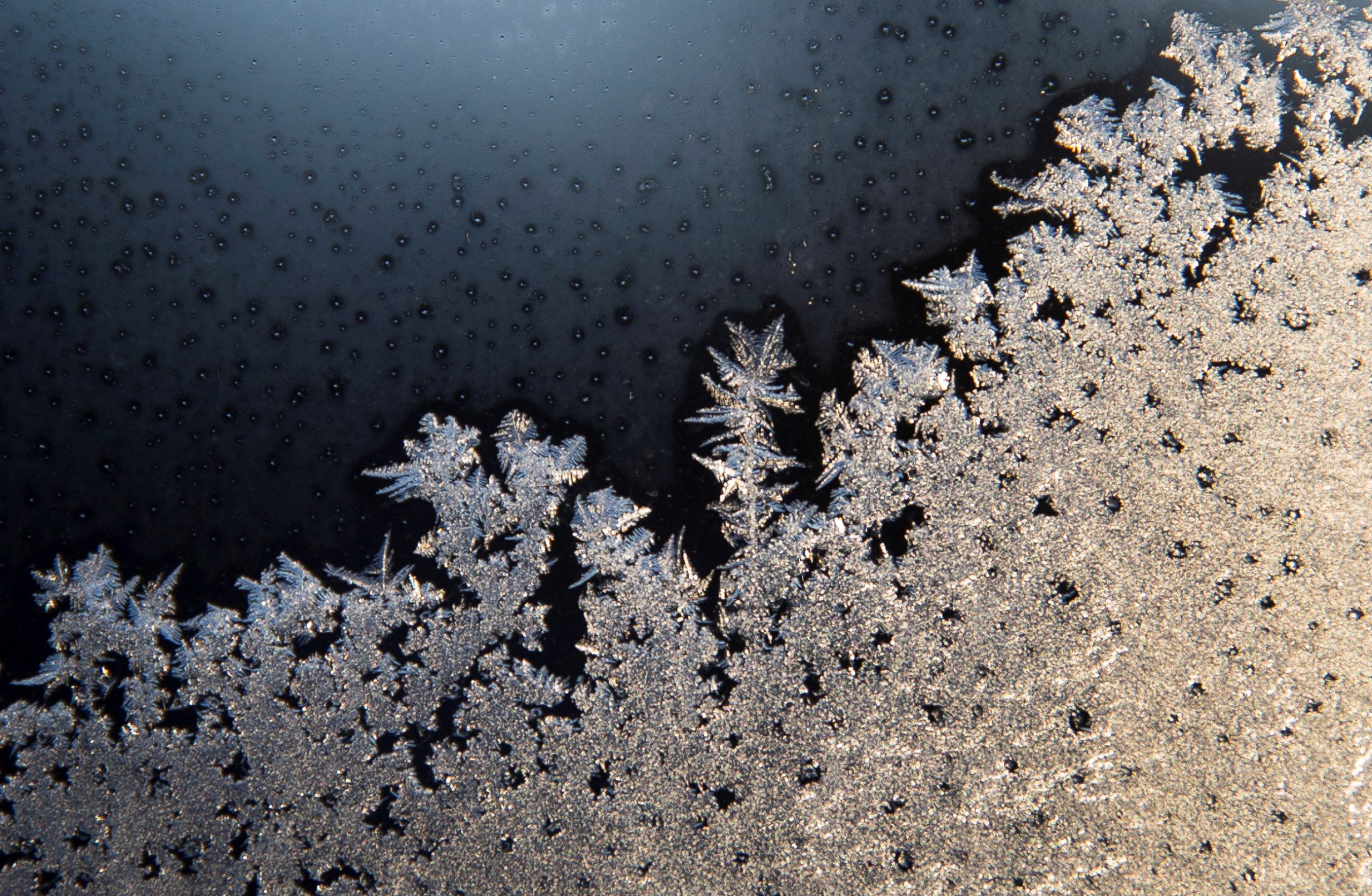
[elfsight_social_share_buttons id=”1″]
An early winter storm could bury parts of western New York state in up to 4 feet of snow by late this weekend, forecasters said on Thursday, and paralyze the city of Buffalo and other areas downwind of Lake Erie and Lake Ontario.
Snowfall rates of 3 inches (8 cm) an hour were forecast in some locations to the south and east of the two Great Lakes starting late on Thursday, said Liz Jurkowski, a meteorologist with the National Weather Service in Buffalo.
The squalls could persist through Sunday, creating sporadic bursts of intense snowfall along narrow bands. The heaviest totals were likely in Buffalo, the weather service said on its website, stressing it was difficult to predict exactly where the snow bands would develop.
“What we are talking about is a major, major storm,” New York Governor Kathy Hochul, said on Thursday, a day after she declared a state of emergency in the Buffalo area.
“This is considered an extreme weather event. That means it is dangerous. It is life threatening,” she told a press briefing.
By Thursday morning, snow squalls already carpeted parts of New York southeast of Lake Erie with 10 inches of snow.
“The heavy stuff is expected to start by 10 p.m. tonight,” Jurkowski said. “It will be hard for the snow plows to even keep up with. It’s potentially paralyzing snow.”
Visibility is expected to drop to zero, creating “white-out” conditions and making travel nearly impossible.
With blinding conditions expected, motorists were advised to stay off the roads starting late Thursday afternoon.
More than 350 snow plows were on standby to help clear roads and 5,700 utility workers were ready to restore power, Hochul said.
Buffalo public schools were closed for Friday due to the storm, the school district announced.
Although the winter season does not officially begin for another five weeks, the National Weather Service (NWS) posted winter storm warnings, winter weather advisories and lake-effect snow warnings across all regions downwind from the Great Lakes.
The NWS said 1 to 2 feet of snow was expected to pile up in many locations through Sunday, with maximum accumulations likely to exceed 4 feet in or near Buffalo, which lies at the eastern end of Lake Erie and ranks as New York’s second most populous city with some 278,000 residents.
Snowfall of such proportions is not uncommon for western New York in November, when the relatively warm waters of the Great Lakes can mix with frigid air in the upper atmosphere dropping down from the Arctic, the NWS said.
While the storm was not expected to break weather records, Jurkowski said it could rank in the top five snow accumulations over the last 20 years.
In November 2014, an epic barrage of lake-effect snow deposited more than 5 feet of powder east of Buffalo but dropped just a few inches of snow a few miles to the north, according to the NWS, illustrating the highly localized nature of the phenomenon.
Copyright 2022 Thomson/Reuters
